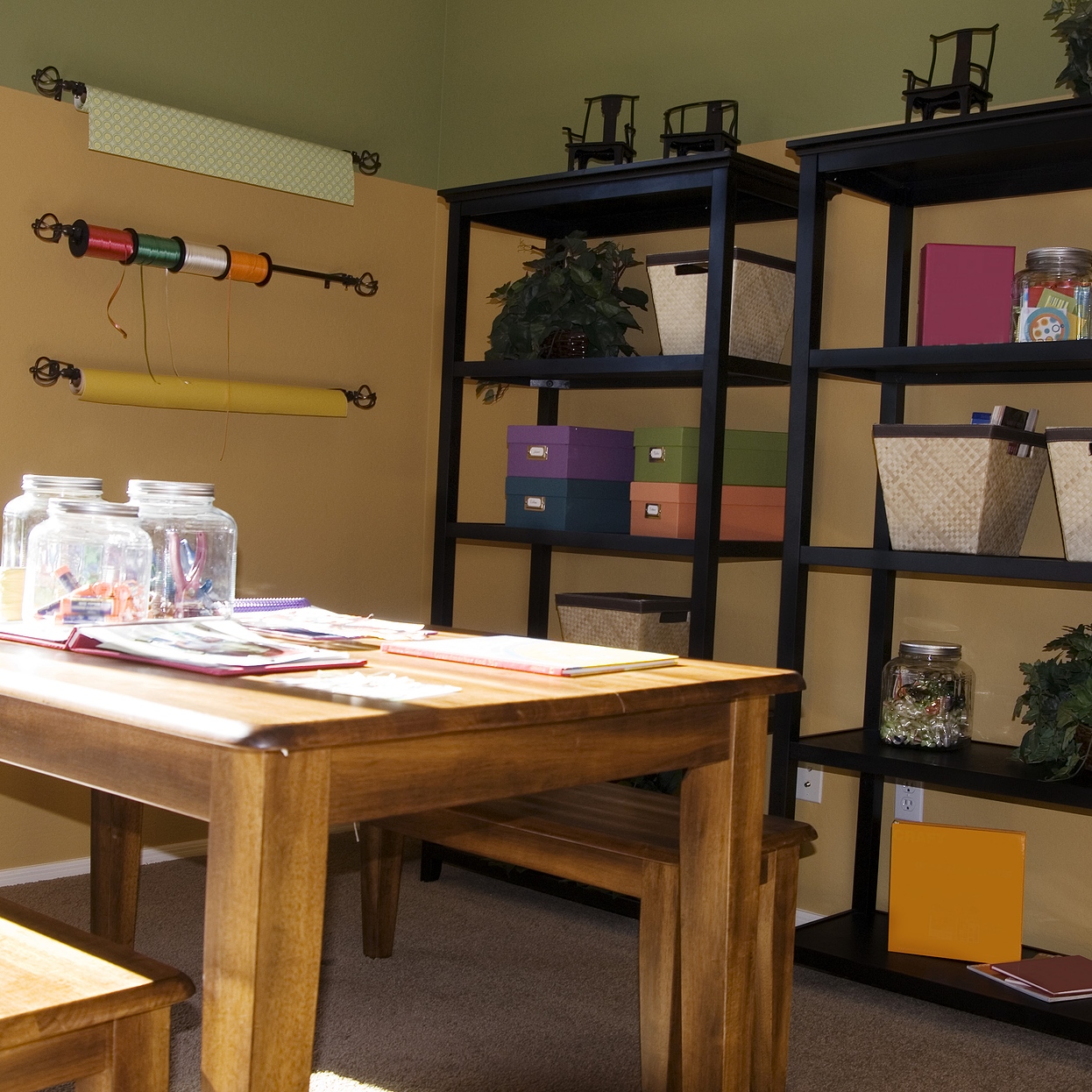Who hasn’t tried making an arts and crafts project at least once in their life? During the global pandemic, many turned toward their long-forgotten hobbies and discovered new ones, be it pottery, crocheting, or painting. But where does one keep their precious creations? And how to preserve them and prevent them from decaying with time? We have a couple of tips for creative people to help them figure out the basics of arts and crafts storage.
Basic Rules of Arts and Crafts Storage
Do’s
Maintain a stable environment in your storage space
Always protect your pieces from light, humidity, and extreme temperatures. You probably already know that paper-based works must be kept away from moisture at all costs. But humidity can be damaging to all kinds of artwork, no matter the material. Humidity is not just the dampness that makes pieces tear and deteriorate. It can also lead to molding, which will cause severe damage to delicate artworks. The same goes for extremely high and low temperatures and direct sunlight, all of which can accelerate processes that are harmful to art.
Use acid-free materials
It is a known fact that paper can age — this is how you get yellowed pages in books. To prevent your paintings and sketches from oxidizing, store them in cases that lock out all sunlight, humidity, and oxygen and line them with glassine paper.
Don’ts
Build a storage space in the basement or the attic
When you do not have a lot of space in your room or art studio, you might be tempted to store your arts and crafts projects in the basement or the attic. However, these places are rarely suitable for safekeeping artwork because they are often cold and humid. To preserve space, try installing extra drawers along the walls of your personal living space or repurposing a closet.
Stack heavy and bulky objects
Items like ceramics or framed paintings should never be stacked for storage. You can keep framed works upright in a cardboard box to avoid putting extra weight on your pieces. Ceramic pieces can be put up on sturdy shelves in acid-free boxes.
Unsurprisingly, arts and crafts storage is not that different from fine art and antique storage. The fact that something was created by a non-professional or a beginner does not make it any less valuable. Once you have learned the proper storage techniques, you will be able to enjoy your projects for the years to come.
